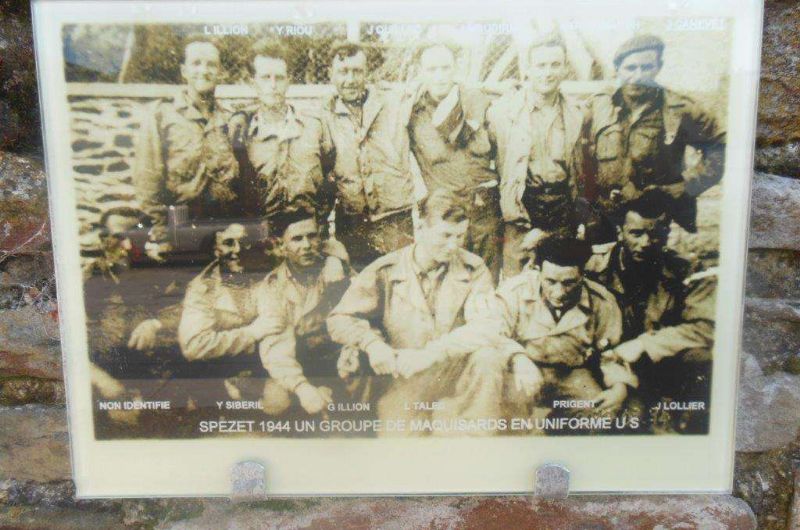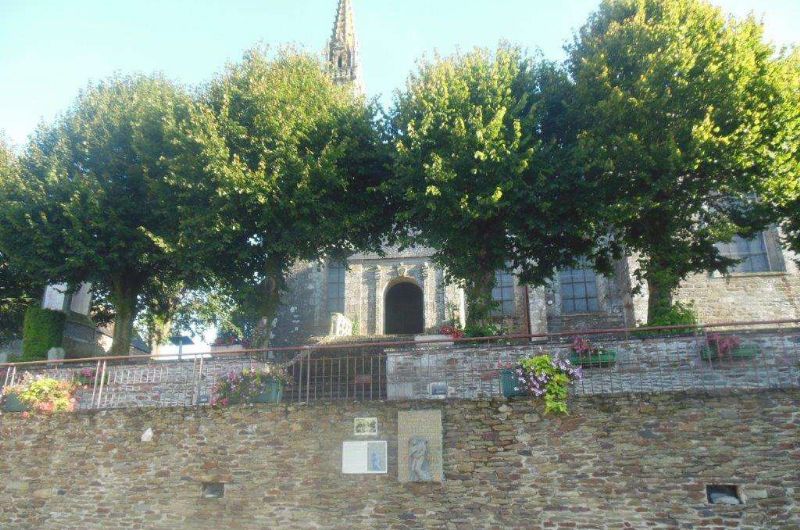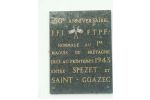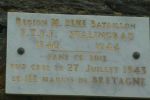Roundup of June 21, 1944 Spézet
- 11
- See on map
At daybreak on Wednesday June 21, 1944, German troops encircled the commune of Spézet and then, just before eight o'clock, gathered around a hundred men in the church square, ostensibly for a banal identity check. This was in fact a retaliation operation against sabotage actions by resistance fighters from the maquisvery active in Spézetand Saint-Goazec.
Following this roundup, eleven hostages were torturedand shot at Rozangat en Lanvénégen on June 24, 1944. They are buried in Spézet cemetery, where a stele with their names was installed in their memory on the outside wall in 1994. It was restored and relocated in 2019.
The testimony of Guillaume Rivoal (1924-2016), then town hall secretary and resistance fighter who survived the roundup, reconstructs the unfolding of this drama, which was one of the defining episodes of the Occupation in Spézet during the Second World War:
"After hammering home "you know we hit hard and if we come back, we'll hit even harder", the German officer decides to free most of those gathered, to keep only twenty-four men and one woman as hostages. They are interrogatedin turn by the Gestapoin Joseph-Louis Hénaff's butcher shop (opposite the town hall) before being locked up in the ossuary. The hostages were separated into two groups, Suspect No. 1, numbering eleven, and Suspect No. 2, numbering fourteen. From time to time, a German officer picks up a hostage by name and takes him to the butcher's shop, where four or five of them undergo torture. The captives in the ossuary, terrified, hear their cries of pain from the butchery. At around 5 p.m., the Germans put an end to the confinement. They commandeered a van to transport the eleven No. 1 suspects to Le Faouët. Tried by a court martial, they were shot on June 24 in Rozangat.
Of the second group, three were freed on the spot (including Guillaume), while the others were taken on foot to Roudouallec and then transported by truck to Le Faouet.
After undergoing further interrogation before a special court, nine were directed to the Saint Charles school in Quimper and released after a few days. The other two, Yves Breniel and Alexandre Lucas are transported to Fresnes prison near Paris. Alexandre Lucas is finally released. Yves Breniel is tortured (fingernails pulled out) and manages to escape during a transfer. He was hidden by Resistance railway workers until the Liberation of Paris"
Photo credit and contribution by Philippe Boutot.
Panel text







